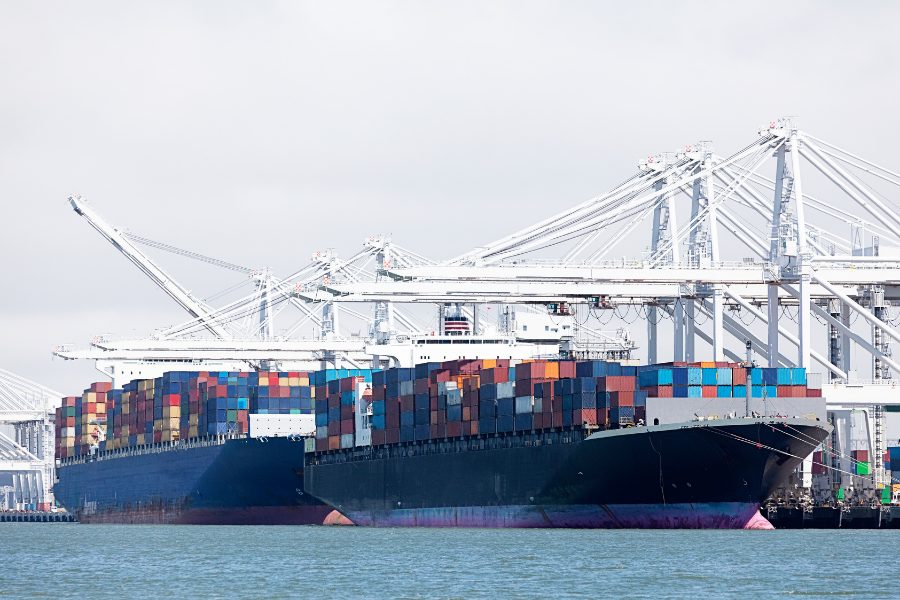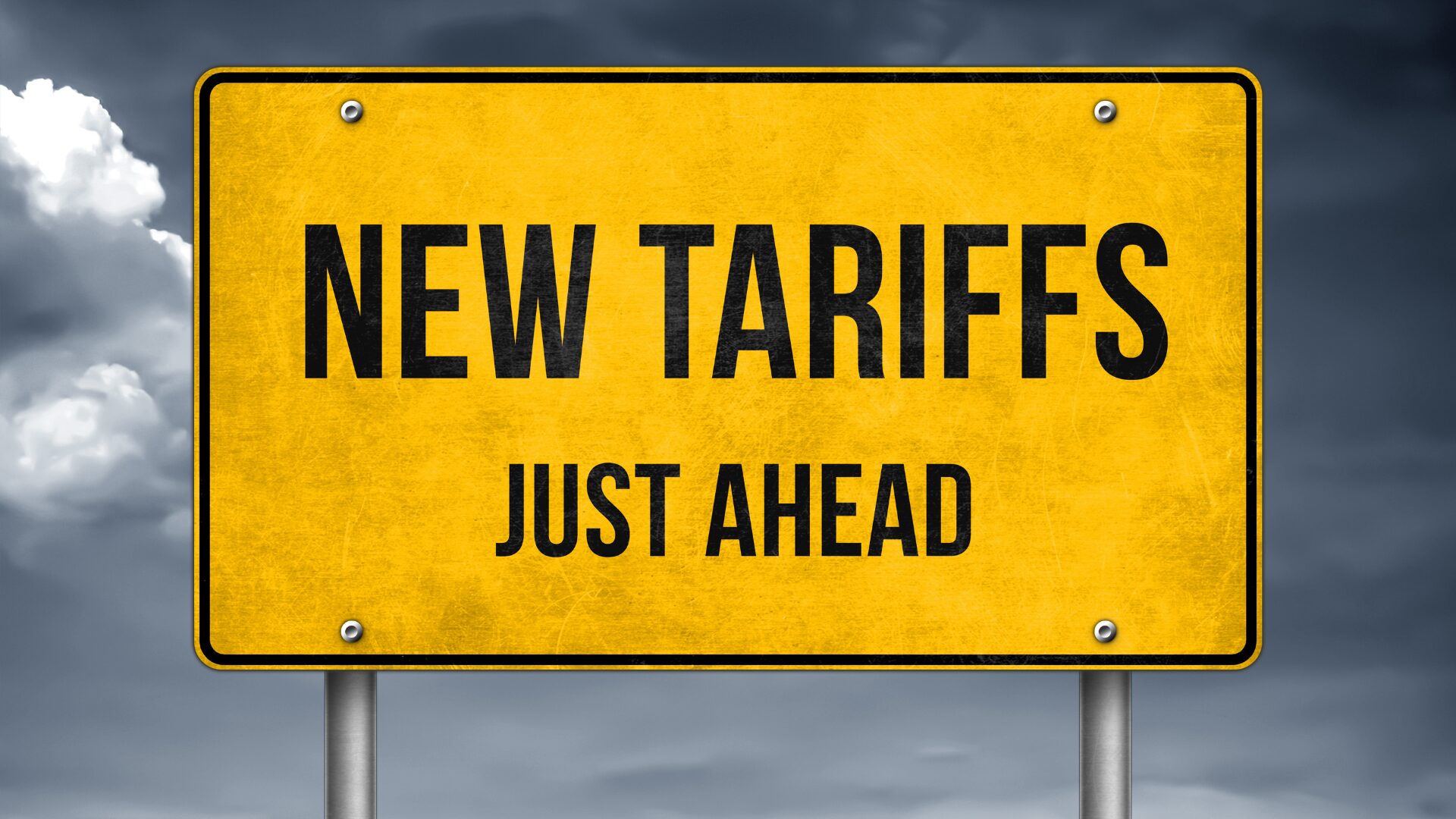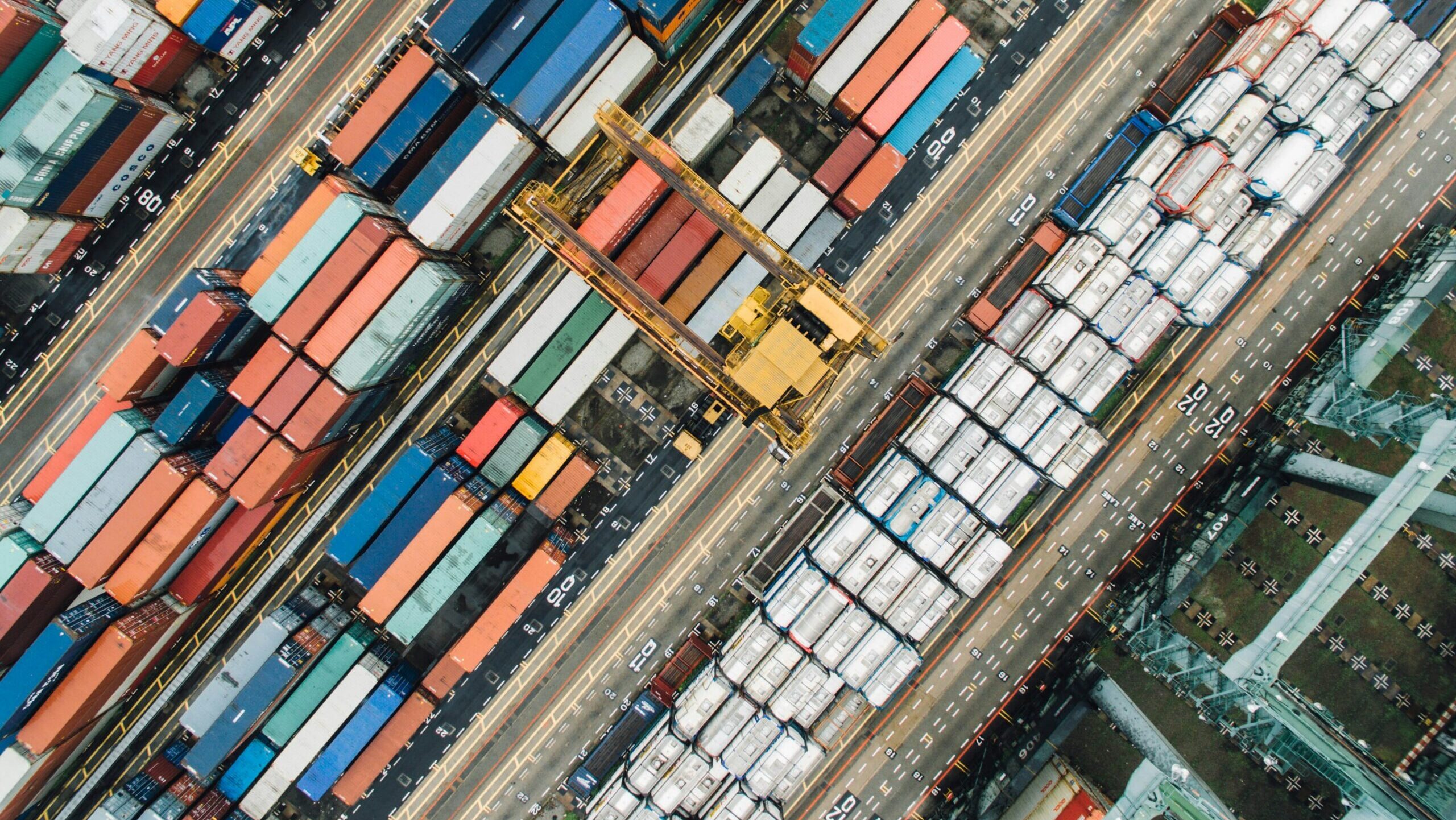While the world looked to the second half of 2021 as the “Great Reopening” following the COVID-19 pandemic, it seems the “Great Backlog” is a more apt name for the current shipping paradigm.
From sweatpants to semiconductors, supply constraints are causing shortages and adding pressure on inflation. In fact, Federal Reserve Chairman Jerome Powell commented on the situation, saying it was easier to create demand than increasing supply to meet it, reported The Wall Street Journal (June 20).
This is further complicating inflation, as manufacturing production and hiring slowed in March even though order backlogs and new orders accelerated, according to the Institute for Supply Management. Additionally, it’s applying pressure to food importers, who are at a disadvantage when compared to higher-priced imports.
No Relief in Sight Until 2022
The global shipping situation is likely to remain complicated into at least early 2022, according to Camerican International senior director of global supply chain Michael Murphy, who will be featured on an upcoming edition of The Food Institute Podcast.
Murphy said it was clear that ships were full and likely would remain so through the peak season near the winter holidays. However, he said much remained to be seen regarding carriers’ response to the current situation and the current situation has caused the company to rethink every part of the supply chain to find ways to alleviate constraints.
A recent report from The Institute of International Finance found much the same, arguing the supply constraints that were pushing up the prices of goods would likely extend well into 2021.
“What is unique about this episode is the global spread of supply disruptions…inflation has never had to contend with a similarly global scale to disruptions.,” the report concludes.
Impact on the Food Industry
Camerican president Josh Gellert, who also joined the aforementioned podcast, noted the food industry is contending with higher-margin consumer products for share of imports. As Americans were limited in what experiences they could pay for during the pandemic, many decided to spend their money on goods, including expensive electronics shipped from overseas.
“For us, a couple thousand dollar increase, or even more, in ocean freight is really punitive on the food side, where someone with better margins in clothing, electronics, things like that, they can manage those higher costs a little bit better,” he said.
Meanwhile, crop export shipments are being delayed due to backlogs at U.S. ports. Paramount Export Co. said agricultural exporters are “living in a world of uncertainty,” and fresh fruits and vegetables are at risk of decay if port slowdowns don’t improve, reported AgAlert (June 23).
Those looking for relief via airfreight will likely be disappointed, according to Solange Colonna, director of operations and logistics for The Fresh Connection.
“There’s only so much we can ship by air,” she told AgAlert. “It’s very expensive and you don’t get to ship much volume at a time.”
Contending with Clogged Ports, Restocking Supplies
Murphy said the issues were a global crisis, and that earlier backlogs at California ports were now spreading to the rest of the West Coast. Additionally, East Coast ports were now contending with a capacity crunch, too.
“Where do you unload this product when a port is 100% full?” he asked.
Gellert noted most of the supply held for emergencies had already been depleted due to the COVID-19 pandemic, and restocking those reserves would be important for operations in the future. The Wall Street Journal report indicated the same, citing Census Bureau figures that showed retail inventories as a share of sales in April hit the lowest level since record-keeping began in 1992.












